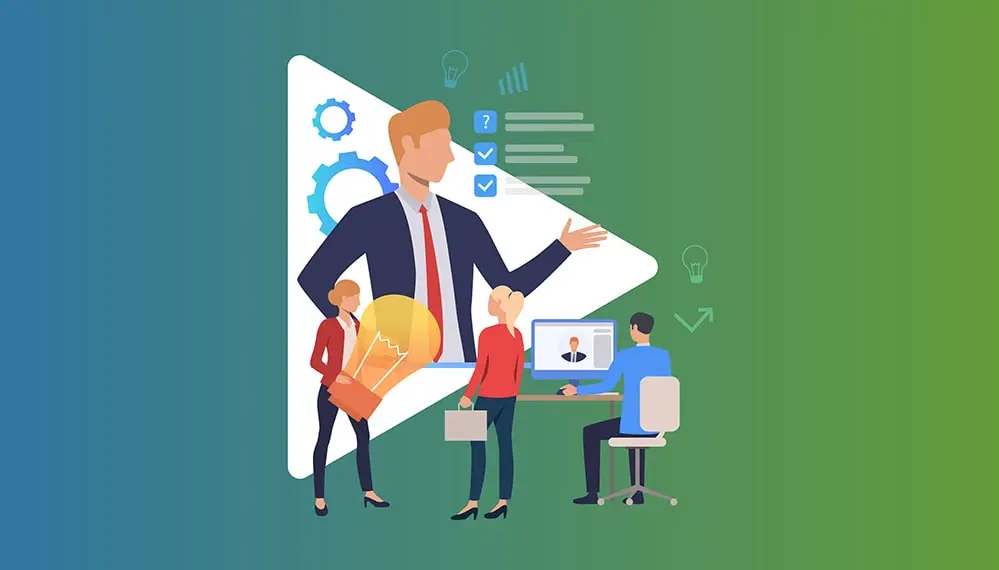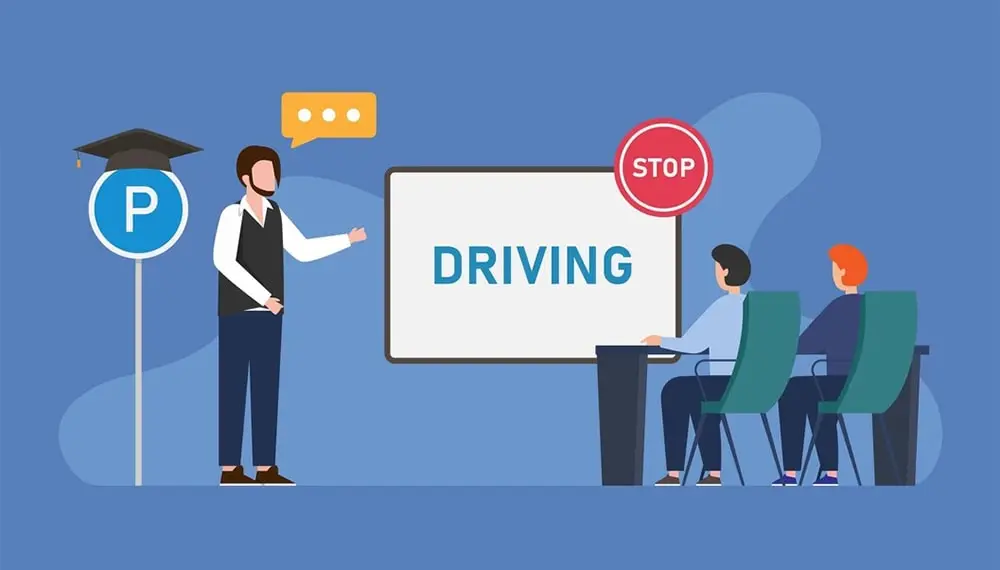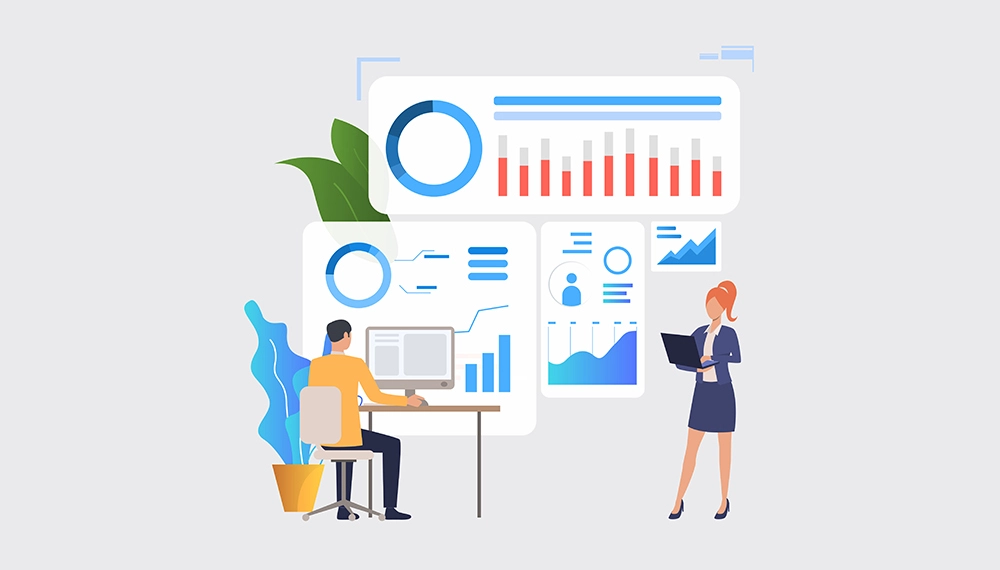The Ultimate Guide to Effective Technical Training Across Industries
Rohit Kumar
14 Feb, 2025

In today’s technology-driven workplace, equipping employees with the right technical skills is critical for organizational success. Technical training focuses on building job-specific competencies, ensuring employees can effectively handle modern tools, software, and processes.
It not only boosts productivity but also fosters employee growth and retention. As industries evolve rapidly, organizations must prioritize such training to stay competitive. Let’s dive deeper into the importance, delivery methods, and impact of technical training in shaping a skilled workforce.
Understanding Technical Training and Its Importance
Technical training focuses on developing the practical, job-specific skills employees need to perform their roles effectively. Unlike soft skills, which revolve around interpersonal and communication abilities, technical skills are measurable and often tied to specific tools, technologies, or processes.
For example, training might involve learning to use project management software, coding in a particular programming language, or understanding industry-specific machinery. This type of training is vital because it directly impacts an organization’s ability to operate efficiently and compete in its industry.
Without the necessary technical knowledge, employees may struggle to meet job expectations, leading to lower productivity and costly errors. Moreover, technical training is essential for keeping pace with technological advancements, which can transform how industries operate.
For organizations, investing in such training ensures employees are better equipped to adapt, innovate, and contribute to the company’s success. It also fosters employee confidence and job satisfaction, making it a crucial component of workforce development.
Types of Technical Training:
- Formal Education: Academic programs, such as those offered by vocational schools, colleges, or universities, provide structured learning. These programs are ideal for acquiring in-depth knowledge in technical fields, ranging from engineering to IT.
- On-the-Job Training: Employees learn directly in their work environment, often guided by experienced supervisors or colleagues. This hands-on approach is practical and helps employees quickly adapt to their roles while building relevant skills.
- Online Training: Digital platforms offer flexible learning options through courses, tutorials, and certifications. These resources enable employees to learn at their own pace, often covering a wide range of technical skills like coding, data analysis, or software usage.
- Corporate Training Programs: In-house training initiatives, such as workshops, seminars, or long-term learning programs, are tailored to address specific business needs. These programs ensure employees gain skills aligned with organizational goals and industry requirements.
Examples of In-Demand Technical Skills
As industries continue to embrace innovation and digital transformation, certain technical skills have become increasingly essential for businesses to thrive. These skills ensure organizations stay competitive in a fast-changing business environment. Training employees in these areas prepares them to tackle challenges and adapt to technological advancements.
Here are some key examples:
- Data Analysis and Visualization: Understanding how to analyze and interpret large datasets is crucial for informed decision-making. Tools like Excel, Tableau, and Power BI help employees create clear, actionable insights from complex data.
- Cybersecurity Expertise: With growing threats to organizational data, cybersecurity skills are vital. Employees trained in areas such as threat detection, encryption, and firewall management ensure sensitive information remains protected.
- Software Development: Coding proficiency in languages like Python, Java, or C++ is indispensable for building, testing, and maintaining software applications, websites, and other digital tools
- Industry-Specific Tools and Systems: Many roles require technical know-how in specialized tools, such as CAD software for engineers, ERP systems for supply chain professionals, or diagnostic technology in healthcare
- Finance Skills: Knowledge in areas like budgeting, financial analysis, and accounting is critical for managing resources effectively and ensuring regulatory compliance. Skills in tools such as SAP or QuickBooks are often a plus.
- Marketing Skills: Understanding customer behavior, running campaigns, and creating impactful messaging are essential. General skills in areas like content creation, branding, and data analysis for marketing strategies are highly valuable.
Building an Effective Technical Training Program
Creating a successful technical training program requires careful planning, clear objectives, and ongoing evaluation. Whether you're upskilling existing employees or onboarding new hires, these steps ensure the program delivers tangible results. Here’s a detailed guide to building an effective technical training program:
1. Identify Skills Gaps
The foundation of any successful training program is a thorough understanding of what skills employees lack. This step involves analyzing current job requirements, employee performance, and organizational goals. Tools such as surveys, interviews, skills assessments, and performance evaluations can provide valuable insights.
Examples:
- In manufacturing, assessments may reveal that workers lack proficiency in operating new robotics or automated machinery introduced to the production line.
- In healthcare, a skills gap analysis might show that nurses require training in using new diagnostic imaging equipment or electronic health record (EHR) systems.
- In retail, employees may need to improve their ability to manage inventory using advanced point-of-sale (POS) software.
2. Define Training Goals
Once skills gaps are identified, set specific, measurable, and realistic goals for the training program. Align these goals with both organizational objectives and individual employee growth.
Examples:
- A construction company might set a goal for all site supervisors to complete training on new safety regulations within three months to comply with legal standards.
- In the hospitality industry, a hotel chain may aim to train front-desk staff on a new reservation system to improve check-in times and guest satisfaction scores within a specified timeframe.
- For a logistics firm, the objective could be to have forklift operators certified in using upgraded warehouse equipment within 60 days.
3. Choose the Right Format
Selecting the appropriate training format is critical for ensuring the program’s effectiveness. Consider factors such as the complexity of the skills being taught, the learning preferences of employees, and the nature of their roles. Training formats include hands-on practice, eLearning, workshops, mentoring, and hybrid approaches.
Examples:
- Blended Learning in Engineering: Combine online modules explaining theoretical concepts with in-person workshops where employees apply those concepts on equipment.
- On-the-Job Training in Healthcare: Technicians learning to use advanced imaging equipment can shadow experienced staff while performing supervised hands-on tasks.
- Interactive eLearning in Retail: Sales associates could use simulation-based online courses to practice customer service scenarios or inventory management techniques.
4. Develop High-Quality Content
Effective training requires well-designed and engaging content. This step involves either developing customized materials in-house or sourcing content from reliable external providers. Content should be tailored to the specific needs of the organization and the skills being taught.
Examples:
- A construction company might create a series of videos and interactive guides demonstrating proper use of safety harnesses and scaffolding.
- A financial services firm could partner with a training provider to deliver online courses on regulatory compliance and advanced financial modeling.
- In agriculture, training programs might include field demonstrations on operating precision farming equipment, supported by user-friendly manuals and troubleshooting guides.
5. Implement the Program
Rolling out the training program effectively is key to its success. Consider employee schedules, workloads, and learning preferences when planning implementation. Provide access to necessary resources, including trainers, equipment, and digital tools.
Examples:
- A logistics company may stagger warehouse safety training sessions to ensure operations continue without disruption while all employees are trained.
- In healthcare, a hospital might schedule training on a new patient monitoring system in phases, allowing teams to rotate between sessions and active patient care duties.
- A hospitality business could implement customer service training during slower seasons, giving staff ample time to practice and internalize new skills.
6. Measure Effectiveness and Adjust
The final step is evaluating the training program’s impact to ensure it meets its objectives. Use feedback surveys, performance metrics, and key performance indicators (KPIs) to measure outcomes. Make improvements based on the insights gained.
Examples:
- A retail company could assess the success of a POS system training program by monitoring changes in transaction accuracy and checkout times.
- In manufacturing, track productivity metrics, such as reduced error rates or faster production times, after employees complete training on new machinery.
- A hospitality organization might use guest satisfaction surveys to evaluate the impact of staff training on customer service quality.
Core Competency Is the Partner for Your Employees’ Skill Growth Journey
At Core Competency, we understand that a successful Learning and Development strategy requires the right tools and support to bring those ideas to life. Our cutting-edge Learning Management System (LMS) and comprehensive suite of L&D solutions are designed to empower organizations to easily create, deliver, and manage impactful training programs.
Whether personalized learning paths, seamless content delivery, or actionable analytics, our products ensure that every aspect of your L&D strategy aligns with your organizational goals. Collaborate with us to develop a strong, resilient, and future ready workforce today.




